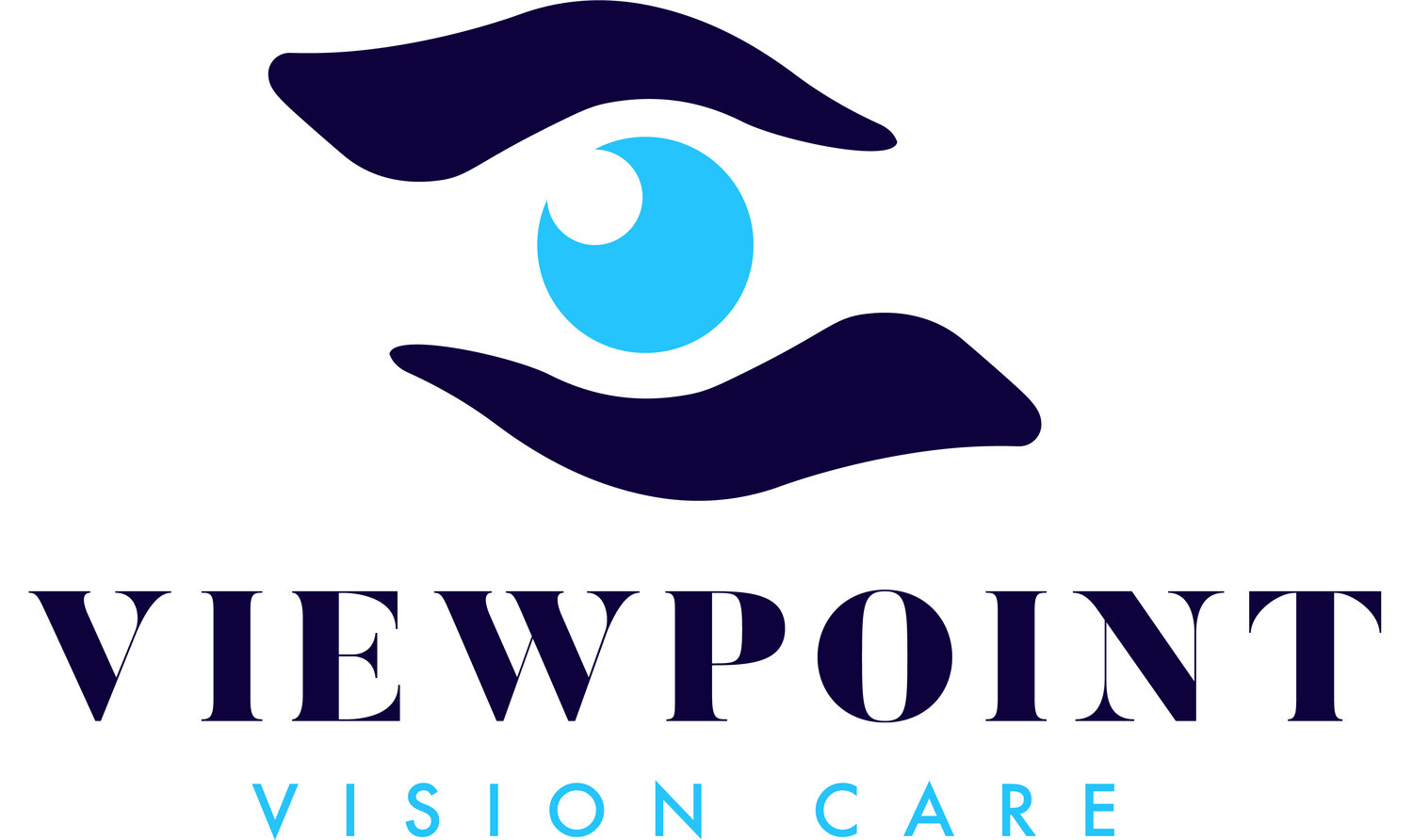Presbyopia: Understanding and Managing Age-Related Vision Changes
As we age, it's not uncommon to notice changes in our vision. One of the most common vision changes that people experience as they get older is presbyopia. This condition affects nearly everyone at some point in their lives, and it can cause frustration and discomfort. Understanding what presbyopia is and how it can be managed is essential for maintaining good eye health and quality of life.
What is Presbyopia?
Presbyopia is an age-related condition that affects our ability to focus on near objects. This condition occurs when the lens of the eye becomes less flexible, making it harder to focus on close-up objects. As a result, people with presbyopia may find it difficult to read small print, work on a computer, or perform other activities that require close-up vision.
Presbyopia typically begins to develop in our mid to late 40s and continues to progress as we age. It's important to note that presbyopia is different from other common vision problems like nearsightedness or farsightedness, which are caused by a misshapen eye or a problem with the cornea.
Managing Presbyopia
While presbyopia is a natural part of aging, there are several ways to manage the condition and improve your vision. Here are a few options to consider:
1. Reading Glasses: Reading glasses are a common and simple solution for presbyopia. They work by magnifying the text or object you're trying to see, allowing you to focus more easily.
2. Progressive Lenses: Progressive lenses are another option for managing presbyopia. These lenses have a gradual change in magnification from top to bottom, allowing you to see objects at various distances.
3. Bifocal or Trifocal Lenses: Bifocal and trifocal lenses are lenses with two or three distinct areas of magnification. These lenses can be helpful for people who need to see both near and far objects clearly.
4. Contact Lenses: If you prefer not to wear glasses, contact lenses may be a good option for managing presbyopia. There are several types of contact lenses available, including multifocal lenses that provide different levels of magnification.
5. Surgery: In some cases, surgery may be an option for correcting presbyopia. There are several types of surgery available, including monovision LASIK, which corrects one eye for near vision and the other for distance vision.
It's important to work with an eye care professional to determine the best course of action for managing presbyopia. A comprehensive eye exam can help identify the extent of the condition and determine the best treatment options for your individual needs.
Preventing Presbyopia
While it's not possible to prevent presbyopia, there are several steps you can take to maintain good eye health and reduce your risk of developing other age-related vision problems. Here are a few tips:
1. Eat a Healthy Diet: A diet rich in fruits, vegetables, and omega-3 fatty acids can help maintain good eye health and reduce the risk of age-related vision problems.
2. Protect Your Eyes: Wearing sunglasses, using protective eyewear when working with tools or playing sports, and avoiding smoking can all help protect your eyes and reduce the risk of age-related vision problems.
3. Get Regular Eye Exams: Regular eye exams can help detect vision problems early and ensure that you receive the proper treatment and care.
Presbyopia is a common condition that affects nearly everyone as they age. While it can be frustrating, there are several options available for managing the condition and improving your vision. By working with an eye care professional and taking steps to maintain good eye health, you can reduce your risk of developing other age-related vision problems and enjoy clear
